May 31, 2019
Prelims Pointers
May 31, 2019
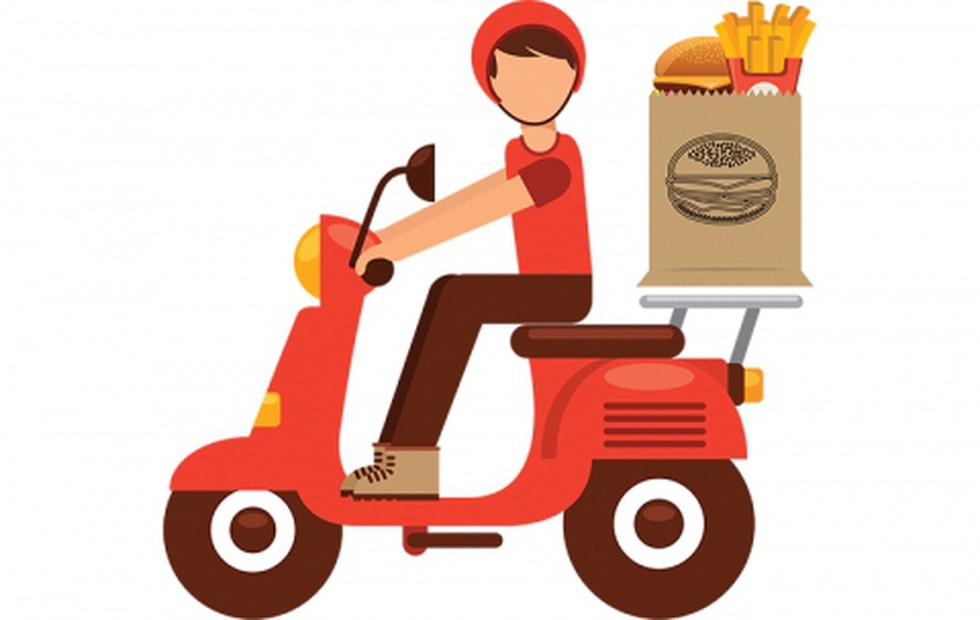
About:
- The online order and delivery mechanism of food supply has created a physical disconnect between the consumer and the food maker.
- Hence, the onus of ensuring the quality of food and the hygienic condition under which food is prepared, has shifted to the intermediate food delivery mechanism
- Keeping this in mind, Punjab Health Minister has issued a direction in this regard, saying that all the online order and supply companies should display the hygiene rating of all the food business operators registered or affiliated with them.
Food Safety and Standards Authority of India (FSSAI)?
- When established? 2011.
- Parent act? It has been established under the Food Safety and Standards Act, 2006.
- Parent agency? It is an autonomous body established under the Ministry of Health & Family Welfare, Government of India.
- Objective? Protecting and promoting public health through the regulation and supervision of food safety.
- HQ? Delhi.
- Who heads it? It is headed by a non-executive Chairperson, appointed by the Central Government.
Prelims Pointers
May 31, 2019
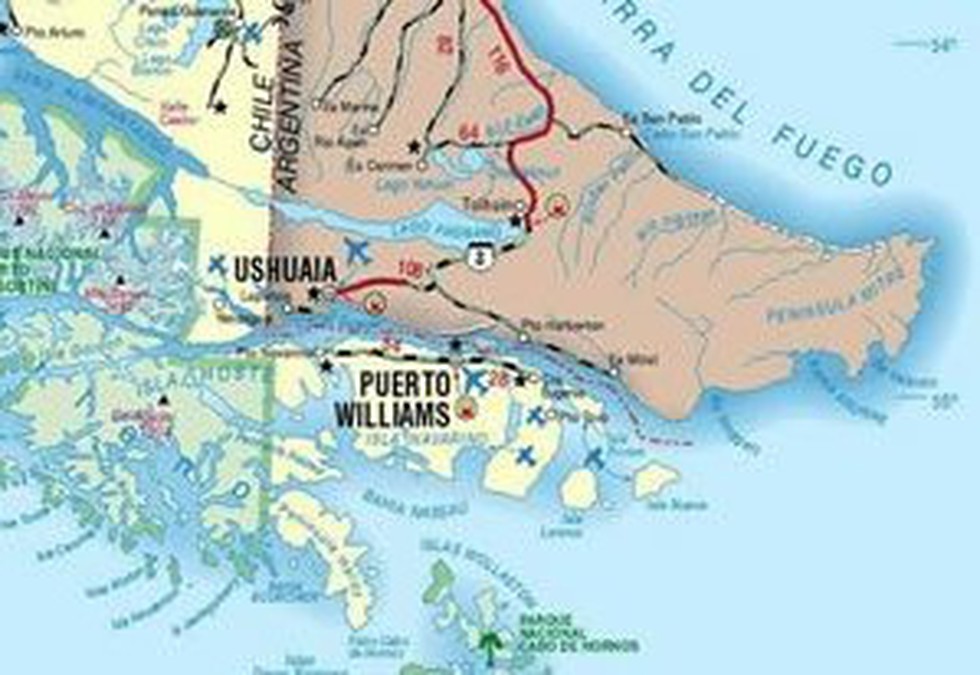
About:
- Puerto Williams is the main settlement, port and naval base on Navarino Island in Chile. It faces the Beagle Channel.
- Puerto Williams, a growing hamlet on the remote southern tip of the South American continent, has been upgraded to the category of “city” by Chilean authorities, making it the world’s southernmost city.
- Puerto Williams has nudged out Ushuaia, a neighbor in Argentina’s Tierra del Fuego, for the title.
Prelims Pointers
May 31, 2019
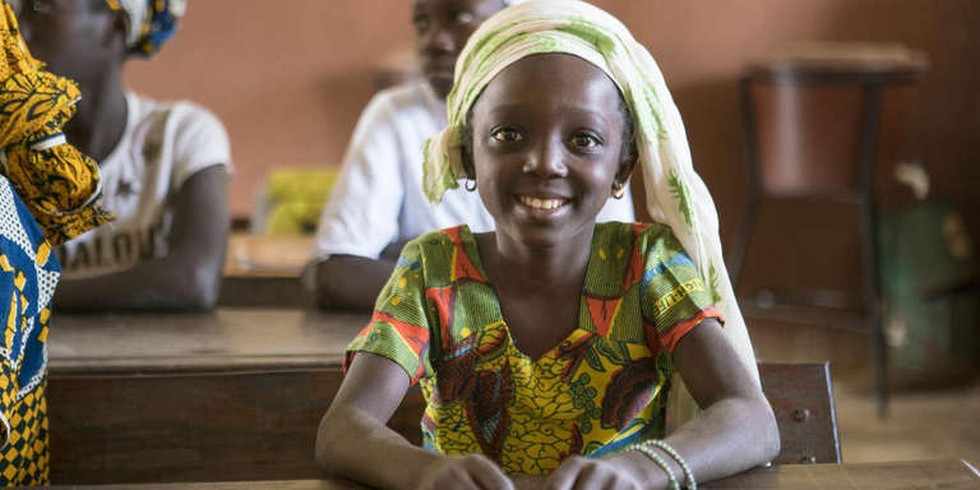
About:
- Released by: Save the Children, an NGO working for the education and protection of child rights.
- Key highlights of the report:
- In 2000, an estimated 970 million children were robbed of their childhood due to ill-health, child labour, early pregnancy and violent death. That number has reduced to 690 million today.
- Globally, there has been progress on every End of Childhood Index indicator but one – children suffering due to conflict.
- A comparison of End of Childhood Index scores finds the overall situation for children has improved in 173 of 176 countries since 2000.
- But, the number of children living in war zones or forced to flee their homes due to conflict has gone up since 2000. There are 30.5 million more forcibly displaced people now than there were in 2000, an 80% increase.
- In 2000, an estimated 970 million children were robbed of their childhood due to ill-health, child labour, early pregnancy and violent death. That number has reduced to 690 million today.
Prelims Pointers
May 31, 2019
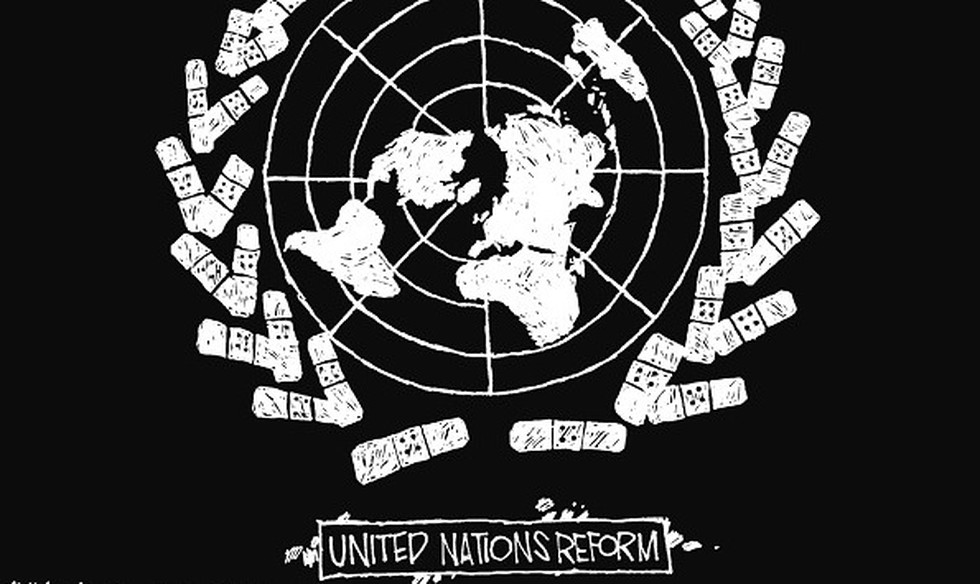
About:
- Reform of the Security Council has been a subject of interest for many Member States especially since the end of the Cold War, by which point global geopolitical realities had clearly shifted since 1945.
- In 2007, UN Member States decided to move discussions to an Intergovernmental Negotiations (IGN) process.
- Issues under discussion: According to a decision taken in 2008, the five key issues under consideration in these negotiations are –
- Categories of membership to the Security Council (i.e. permanent, non-permanent, or a third option),
- The question of the veto,
- Regional representation,
- Size of an enlarged council and working methods, and
- The relationship between the Council and the General Assembly.
- Categories of membership to the Security Council (i.e. permanent, non-permanent, or a third option),
View of different groups under IGN:
- Group of Four, or G4 (consisting of Germany, Japan, India, and Brazil) are primarily seeking their own permanent membership on the Council.
- The African Group calls for two permanent seats for Africa with the right to veto, and five non-permanent African seats.
- The Arab group calls for the allocation of at least two non-permanent seats for Arab states, as well as the inclusion of a permanent Arab seat in the event of any expansion of permanent membership.
- Uniting for Consensus (UfC), originally known as the Coffee-Club, is the principal group that opposes the expansion of permanent membership and veto power, calling only for expanded non-permanent representation. Its key members are regional rivals of those seeking permanent membership.
- L69 group, named after draft resolution A/61/L69, calls for the transition to an Intergovernmental Negotiations process. The L69 group’s members are predominately developing and small island states as well as two G4 members, India and Brazil.
Prelims Pointers
May 31, 2019
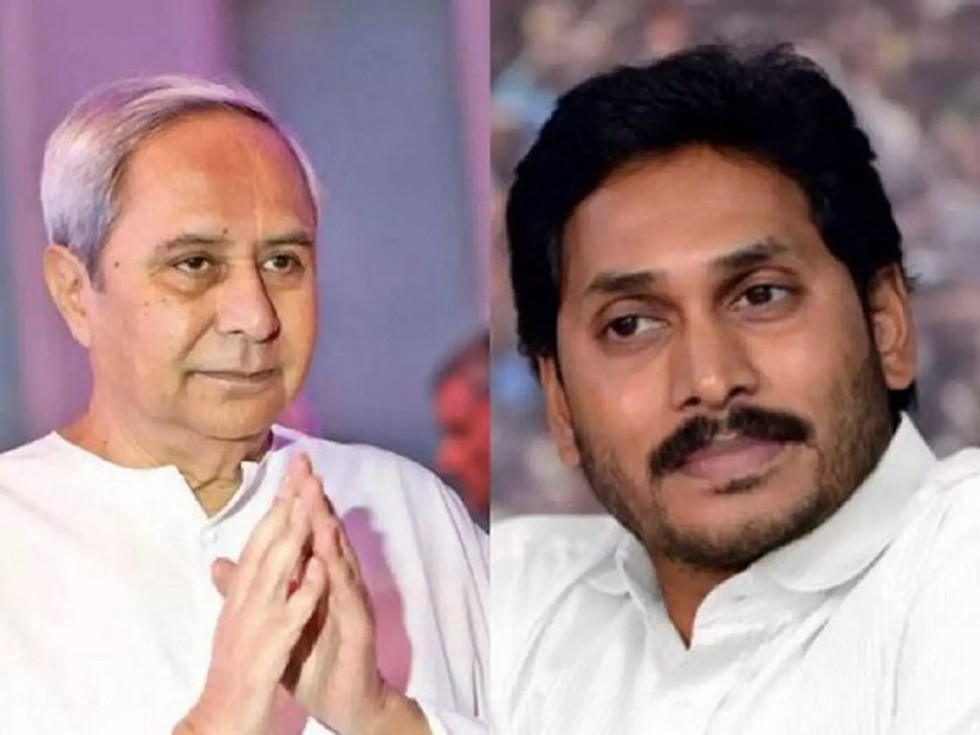
List of New CMs:
- YS Jagan Mohan Reddy (of YSR Congress party) has taken oath as Chief Minister of Andhra Pradesh.
- Pema Khandu (of Bharatiya Janata Party) has taken oath as Chief Minister of Arunachal Pradesh.
- Naveen Patnaik (of Biju Janata Dal) has taken oath as Chief Minister of Odisha.
- Prem Singh Tamang (of Sikkim Krantikari Morcha) has taken oath as Chief Minister of Sikkim.
Key constitutional provisions for CMs:
- Article 163(1): There shall be a Council of Ministers with the Chief Minister at the head to aid and advise the Governor in the exercise of his functions, except in so far as he is by or under the Constitution required to exercise his functions or any of them in his discretion.
- Article 164(1): The Chief Minister shall be appointed by the Governor and the other Ministers shall be appointed on the advice of the Chief Minister.
- Article 164(2): The Council of Ministers shall be collectively responsible to the Legislative Assembly of the State.
Prelims Pointers
May 31, 2019

About:
- Background: The Security Council can take action to maintain or restore international peace and security under Chapter VII of the United Nations Charter.
- Types:
- Security Council Sanctions measures, under Article 41, encompass a broad range of enforcement options that do not involve the use of armed force.
- These range from comprehensive economic and trade sanctions to more targeted measures such as arms embargoes, travel bans, and financial or commodity restrictions.
- Security Council Sanctions measures, under Article 41, encompass a broad range of enforcement options that do not involve the use of armed force.
- Objective: The Security Council has applied sanctions to support peaceful transitions, deter non-constitutional changes, constrain terrorism, protect human rights and promote non-proliferation.
UN Security Council's Sanctions Committees:
- Article 29 of the United Nations Charter sets out that the Security Council may establish subsidiary bodies (committees or working groups) as needed for the performance of its functions.
- One of them is Sanctions Committees which comprises of the 15 members of the Council whose mandate is to impose sanctions.
Prelims Pointers
May 31, 2019
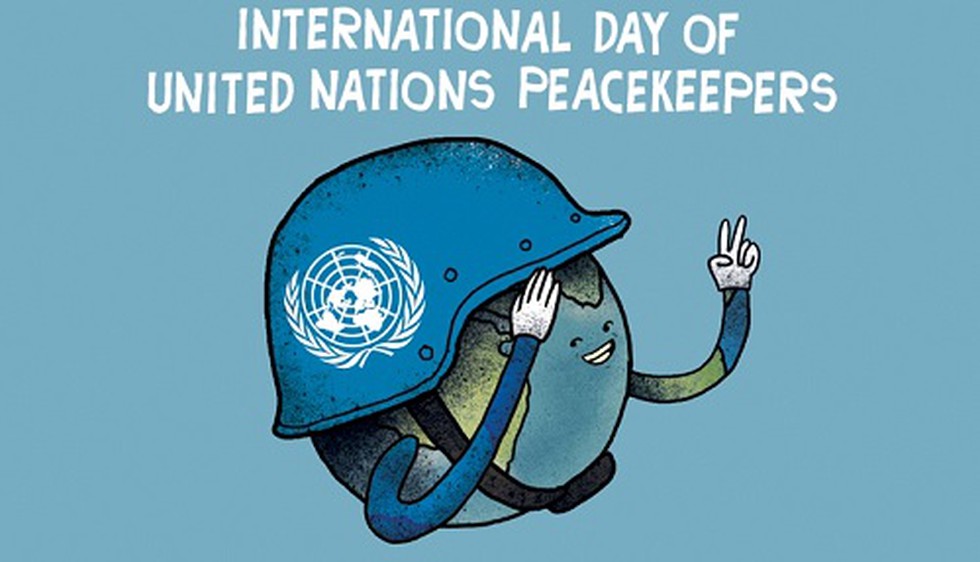
About:
- Date of observance: May 29.
- Why may 29: The first UN peacekeeping mission was established on 29th May 1948, when the Security Council authorized the deployment of a small number of UN military observers to the Middle East.
- Objective of the day: To pay tribute to the invaluable contribution by the uniformed and civilian personnel and to honour more than 3,800 peacekeepers who have lost their lives while rendering peacekeeping services.
- 2019 Theme: This year’s campaign theme for the Day is “Protecting Civilians, Protecting Peace”, chosen to mark the 20th anniversary of the first time that the Security Council explicitly mandated a peacekeeping mission to protect civilians (UNAMSIL in Sierra Leone from 1999 until 2005).
India and peacekeeping:
- India is the 4th largest troop contributor to the UN peacekeeping missions.
- At present, India contributes about 6,400 peacekeepers to various missions across the world.
- The country has the largest percentage of women in the police force, at around 32 per cent, contribution to the future of peacekeeping.
Prelims Pointers
May 31, 2019
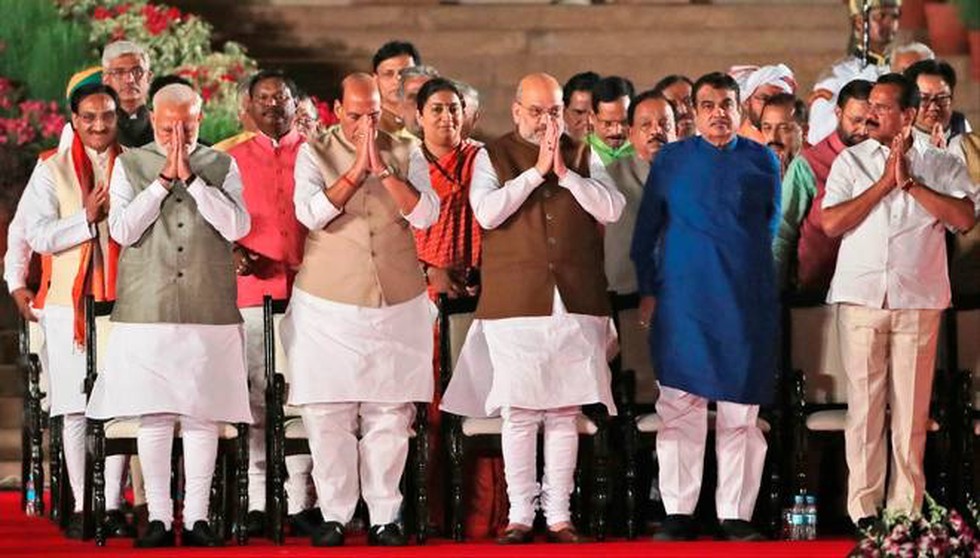
About:
- President Ram Nath Kovind administered the oath of Office and Secrecy to Narendra Modi and a team of 57 council of ministers at a ceremony.
- Besides 24 Cabinet ministers including Amit Shah, Rajnath Singh, Nirmala Sitharaman, Nitin Gadkari, Smriti Irani, and Piyush Goyal, nine were sworn in as Minister of State with Independent charge and another 24 as Minister of State.
- One-third of the total ministers in the Cabinet are first-timers, including BJP president Amit Shah and former Foreign Secretary Subrahmanyam Jaishankar.
- Portfolios for the new ministers have not been announced yet.
- The function was attended by leaders from BIMSTEC countries and foreign envoys.
Council of Ministers?
- There is a Council of Ministers headed by the Prime Minister to aid and advise the President in exercise of his functions.
- The Prime Minister is appointed by the President, who also appoints other ministers on the advice of Prime Minister.
- The Council is collectively responsible to the Lok Sabha.
- It is the duty of the Prime Minister to communicate to the President all decisions of Council of Ministers relating to administration of affairs of the Union and proposals for legislation and information relating to them.
- The Council of Ministers comprises Ministers who are members of Cabinet, Ministers of State (independent charge), Ministers of State and Deputy Ministers.
Prelims Pointers
May 31, 2019

About:
- Present Status: Ministry of Health and Family Welfare (MoHFW) has established the network of 18 Population Research Centres (PRCs) spread over 17 major States/UTs.
- Background: The scheme started with establishment of 2 PRCs at Delhi and Kerala in 1958 and expanded to 18 PRCs with latest inclusion of PRC, Sagar during 1999. Of these, 12 are attached to various Universities and 6 are in research institutions of national repute.
- Mandate: Their mandate is to provide critical research based inputs related to the Health and Family Welfare programs and policies at the national and state levels.
- Administration: The PRCs are autonomous in nature and administratively under the control of their host University/Institutions.
Prelims Pointers
May 31, 2019

About:
- Every year, on 31 May, the World Health Organization (WHO) and global partners celebrate World No Tobacco Day (WNTD).
- The annual campaign is an opportunity to raise awareness on the harmful and deadly effects of tobacco use and second-hand smoke exposure, and to discourage the use of tobacco in any form.
- The focus of World No Tobacco Day 2019 is on "tobacco and lung health." The campaign will increase awareness on -
- the negative impact that tobacco has on people’s lung health, from cancer to chronic respiratory disease,
- the fundamental role lungs play for the health and well-being of all people.
- the negative impact that tobacco has on people’s lung health, from cancer to chronic respiratory disease,
World No Tobacco Day 2019 awards:
- The World Health Organization (WHO) has selected the Rajasthan government’s Medical & Health Department for its award this year in recognition of its achievements in the field of tobacco control.
- Individuals and institutions in each of the six WHO regions were recognised every year on the occasion of World No Tobacco Day, for their accomplishments in the area of tobacco control.
- WHO has selected five organisations from the South-East Asian region for the prestigious award.
May 30, 2019
Prelims Pointers
May 30, 2019

About:
- Official name: Committee on the Development of Housing Finance Securitisation Market.
- Composition: The six-member panel has been constituted under the chairmanship of Harsh Vardhan, Senior Advisor with Bain & Co.
- Timeline: The committee shall submit its report by the end of August 2019.
- Terms of reference:
- To review the existing state of mortgage backed securitisation in India and suggest measures to deepen it.
- To assess the role of various counterparties, including servicers, trustees, rating agencies, in the securitisation process and suggest steps to address the key risks.
- To review the existing state of mortgage backed securitisation in India and suggest measures to deepen it.
Need of committee:
- The mortgage securitisation market in India is primarily dominated by direct assignments among a limited set of market participants on account of various structural factors impacting both the demand and the supply side, as well as certain prudential, legal, tax and accounting issues.
- Thus, a careful design of a robust and transparent securitisation framework assumes paramount significance.
Prelims Pointers
May 30, 2019

About:
- Official name: Task Force on the Development of Secondary Market for Corporate Loans.
- Composition: The six-member body is headed by Canara Bank chairman T. N. Manoharan.
- Terms of Reference: To make recommendations on –
- required policy/regulatory interventions for facilitating development of secondary market in corporate loans, including loan transaction platform for stressed assets; and
- creation of a loan contract registry to remove information asymmetries between buyers and sellers.
- required policy/regulatory interventions for facilitating development of secondary market in corporate loans, including loan transaction platform for stressed assets; and
- Timeline: The task force has been asked to submit its report by the end of August 2019.
Need of task force:
- Secondary loan market in India is largely restricted to asset reconstruction companies (ARCs) and ad hoc sale to other lenders, including banks, and no formalised mechanism has been developed to deepen the market.
- A well-developed secondary market for debt will also aid in the transparent price discovery of the inherent riskiness of the debt being traded.
Prelims Pointers
May 30, 2019
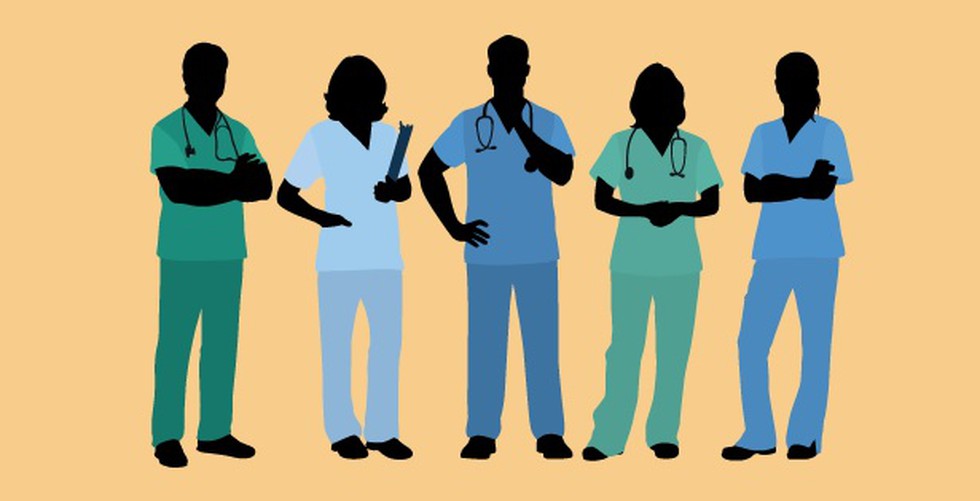
Key Highlights of the study:
- India has 20.6 health workers per 10,000 people.
- While it is less than the World health Organisation’s minimum threshold of 22.8, the numbers have increased from 19 health workers per 10000 people in 2012.
- The distribution of health workers is uneven between urban and rural areas. Rural areas with nearly 71% of India's population have only 36% of health workers.
- Delhi has the highest concentration of health workers followed by Kerala, Punjab, and Haryana.
- The uneven distribution of health workers is seen in private and public health sector too — more than 80% of doctors and 70% of nurses and midwives are employed in the private sector.
Prelims Pointers
May 30, 2019
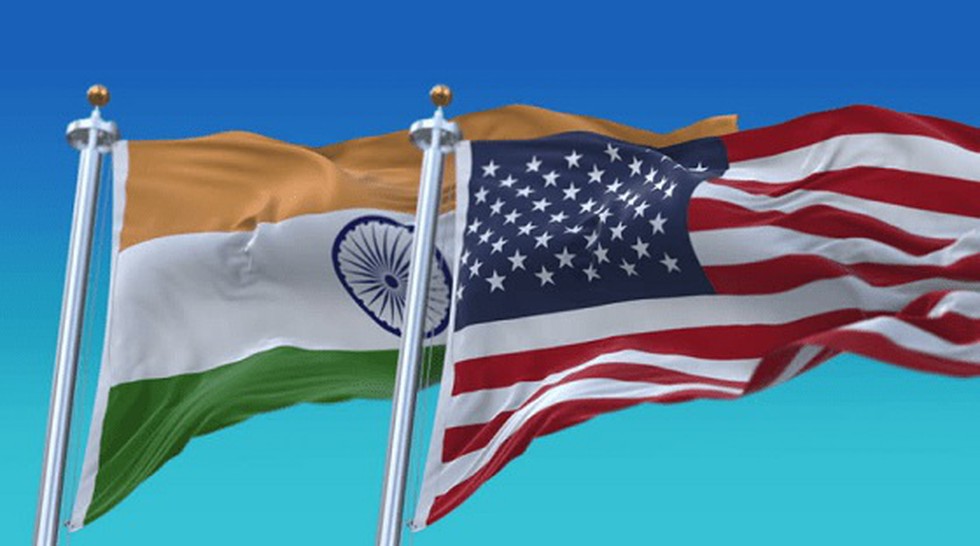
About:
- Background: India for the first time was placed by the US in its currency monitoring list of countries with potentially questionable foreign exchange policies in May 2018 along with five other countries - China, Germany, Japan, South Korea and Switzerland.
- Criteria for inclusion: The US includes major trading partners in its monitoring list if they meet at least two of three criteria –
- if it has either a significant bilateral trade surplus with the US,
- if it has a material current account surplus or
- if it is engaged in “persistent one-sided intervention” in the foreign exchange market.
- if it has either a significant bilateral trade surplus with the US,
- Recent decision:
- India and Switzerland have been removed from the monitoring list in the latest semi-annual report on macroeconomic and foreign exchange policies of major trading partners of the US.
- The list now includes other countries like China, Japan and Germany.
- India and Switzerland have been removed from the monitoring list in the latest semi-annual report on macroeconomic and foreign exchange policies of major trading partners of the US.
- Reasons for removal:
- The Trump administration cited certain developments and steps being taken by India which address some of its major concerns.
- In both Switzerland and India, there was a notable decline in 2018 in the scale and frequency of foreign exchange purchases.
- The Trump administration cited certain developments and steps being taken by India which address some of its major concerns.
Prelims Pointers
May 30, 2019
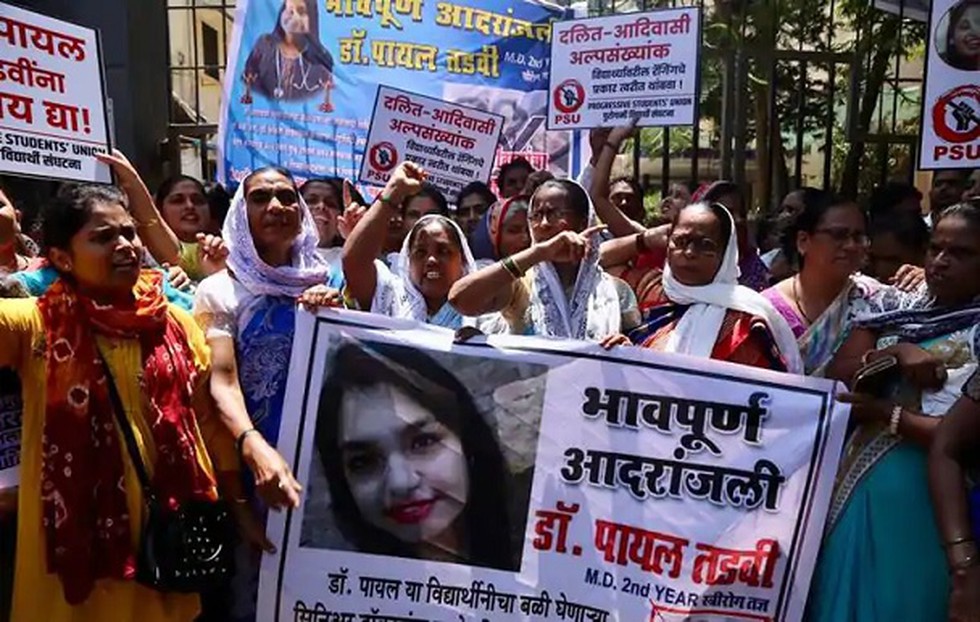
Tadvi Bhil:
- Status: Tadvi Bhil is a tribal community listed under Scheduled Tribes. They are a sub-caste of the larger Bhil community.
- Distribution: They are found in four Indian states namely Rajasthan, Gujarat, Madhya Pradesh and Maharashtra.
- Language: The Tadvi speak a dialect of their own, also known as Tadvi. Their language is also Dhanka, which belongs to the Bhil group of the Indo-Aryan language family.
Tadvi Bhil Muslims:
- Those who adopted Islam are known as Tadvi Bhil Muslims.
- They are unrigid in their practice of Islam. They offer namaz but they also retain many aspects of Hindu culture like wearing a sari, or folding their hands in front of an idol.
- Social status: Very few in the community are educated. Literacy rates remain low. Payal’s family claims that she was the first woman in their community to become a gynaecologist. The community has poor health outreach.
Prelims Pointers
May 30, 2019
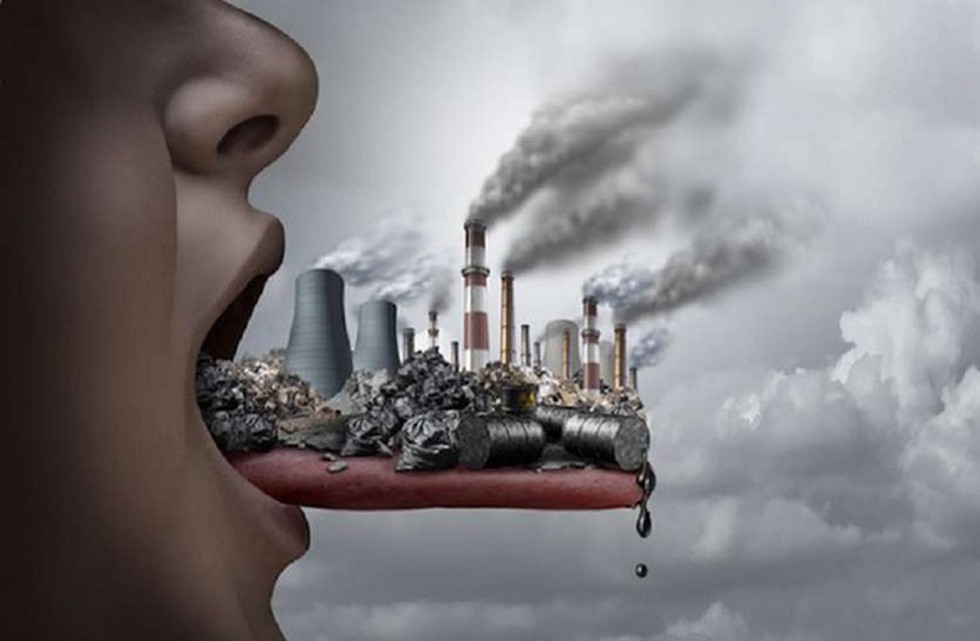
About:
- The song was launched ahead of the World Environment Day (WED) which is celebrated on 5th June every year. This year the theme of Environment Day is Air Pollution.
- Union Environment Ministry, in collaboration with Bhamla Foundation, Mumbai, has produced the theme song on the subject.
- The video song, with celebrities and influencers, is intended to carry out the message of Air Pollution and urges to take measures to improve the quality of air.
- To combat air pollution, Union Environment Ministry has recently launched the National Clean Air programme (NCAP).
- It is a mid-term 5 Year Action Plan with targets of 20-30% reduction of PM 2.5 and PM 10 concentration in 102 cities, out of which 84 cities have already submitted their action plan.
Prelims Pointers
May 30, 2019
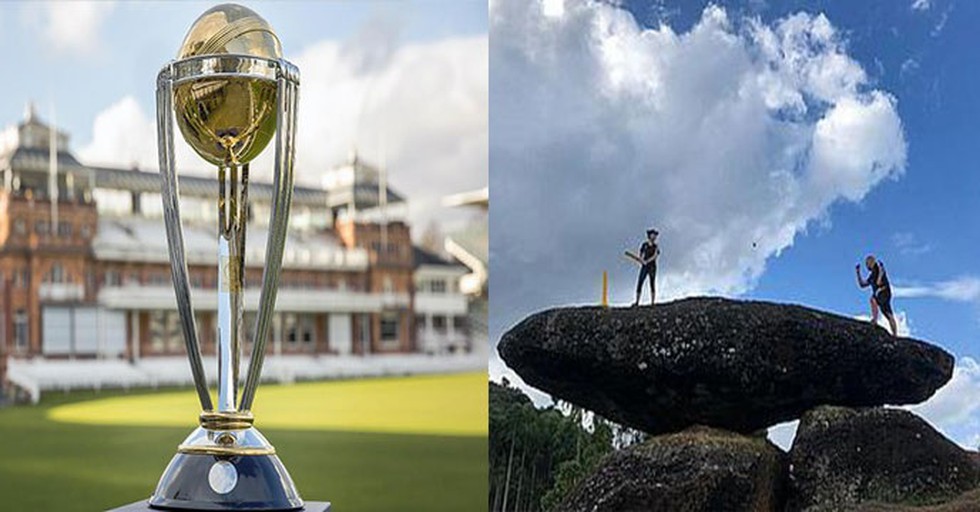
About:
- Around the world hundreds of millions of fans are playing cricket the way they like to – on the beach, in a carpark or gully or their backyard.
- So, Criiio is a celebration of all the brilliant and unique ways people play the cricket game which can be played anywhere, by anyone and at any time.
- The ICC asked the fans to join the social cricket tribe by sharing pictures and videos of where and how they play cricket across the world using the newly launched hashtag #criiio and visiting the site criiio.com.
Prelims Pointers
May 30, 2019
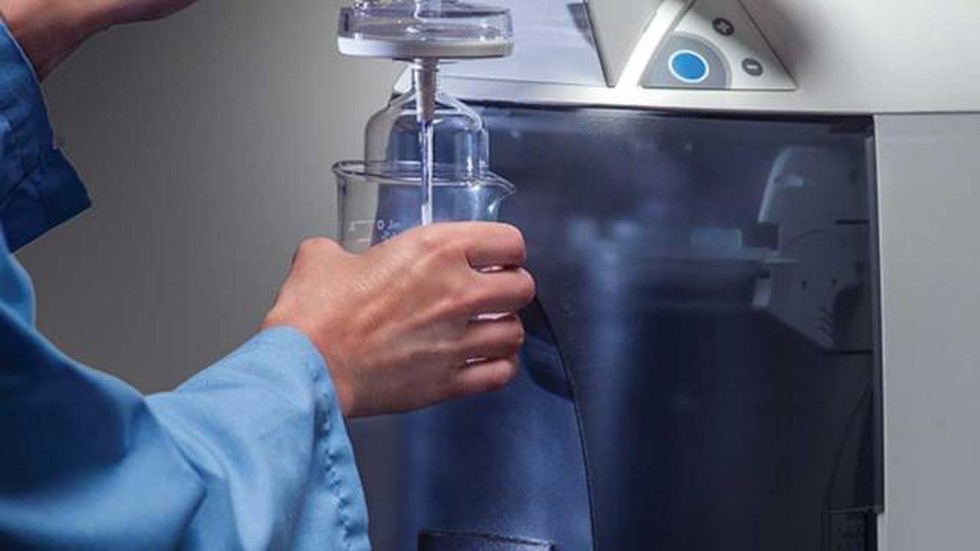
List of Directions given to government by NGT:
- Ban water purifiers where total dissolved solids (TDS) in water are below 500 mg per litre.
- Sensitise public about the ill effects of demineralised water.
- Make it mandatory to recover more than 60 % water wherever Reverse Osmosis (RO) is permitted across the country.
- Issue directions for directing manufacturers to provide proper labelling on the purifier specifying that the unit should be used if TDS is more than 500 mg per litre.
Reverse Osmosis (RO)?
- Reverse Osmosis (RO) is a water treatment process that removes contaminants from water by using pressure to force molecules through a semipermeable membrane.
Total Dissolved Solids (TDS)?
- TDS represents the total concentration of dissolved substances in water.
- TDS is made up of inorganic salts, as well as a small amount of organic matter. These minerals can originate from a number of sources, both natural and as a result of human activities.
- Alone, a high concentration of dissolved solids is usually not a health hazard. A high concentration of TDS is an indicator that harmful contaminants, such as iron, manganese, sulfate, bromide and arsenic, can also be present in the water.
- However, a very low concentration of TDS has been found to give water a flat taste, which is undesirable to many people.
Prelims Pointers
May 30, 2019
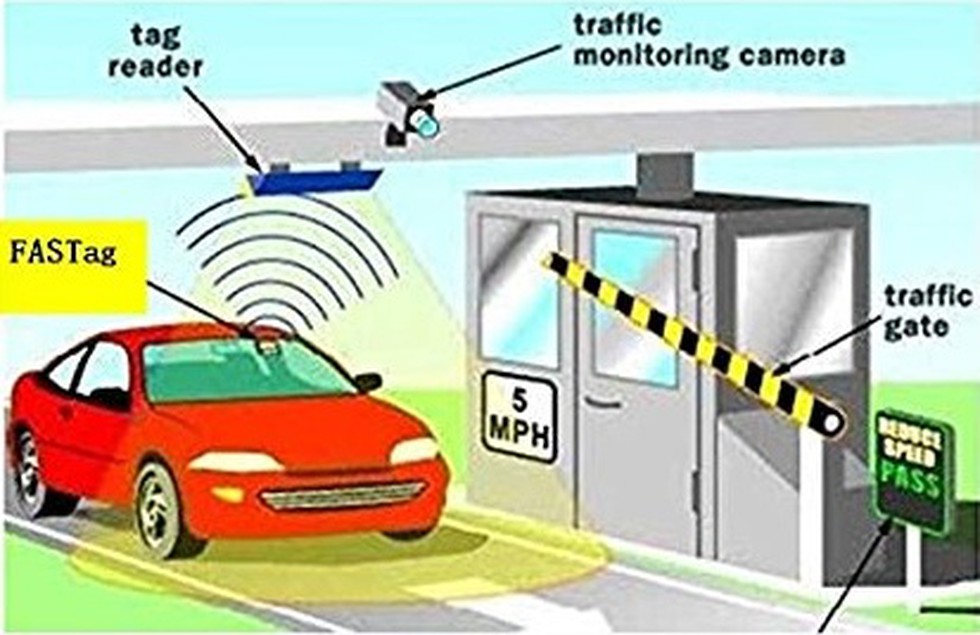
About:
- NHAI FASTag is a ‘bank-neutral’ FASTag i.e. no bank is pre-assigned to the FASTag at the time of purchase by customer from a Point-of-Sale or Online and offers the flexibility to customer to link the FASTag with their existing bank account by using My FASTag Mobile app.
- The online NHAI FASTag has been conceived in a DIY (Do-It-Yourself) concept wherein a customer can self-activate it by entering customer and vehicle details in My FASTag mobile app.
FASTag?
- FASTag is a radio-frequency identification (RFID) technology sticker that can be installed on the windshield of any vehicle.
- By this, toll payments can be made directly from the pre-paid account linked to it, thus avoiding the need of vehicles to stop at toll plazas for payment of fees.
- Indian Highways Management Company Ltd. (IHMCL), a company promoted by NHAI, is implementing the National Electronic Toll Collection Program (NETC) in the country under the brand name “FASTag” which was launched in April 2016.
Prelims Pointers
May 30, 2019
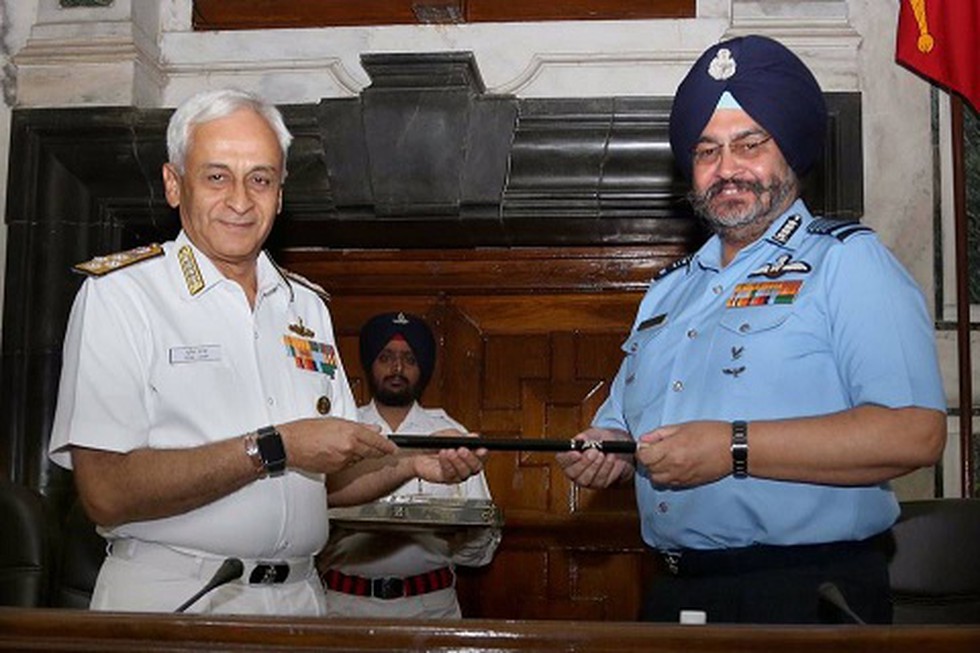
Chiefs of Staff Committee (CoSC):
- Mandate: To advise the Defence Minister and normally through him the Cabinet Committee on Political Affairs on all military matters which require ministerial consideration.
- Composition:
- CoSC is composed of: (a) Chief of the Army Staff (COAS); (b) Chief of the Naval Staff (CNS); (c) Chief of the Air Staff (CAS); and (d) Chief of Integrated Defence Staff (CIDS) (non-voting member). Scientific Adviser to the Minister of Defence is invited to attend whenever needed.
- Presently, the senior most member of the COSC is appointed its chairperson.
- CoSC is composed of: (a) Chief of the Army Staff (COAS); (b) Chief of the Naval Staff (CNS); (c) Chief of the Air Staff (CAS); and (d) Chief of Integrated Defence Staff (CIDS) (non-voting member). Scientific Adviser to the Minister of Defence is invited to attend whenever needed.
Recent Development:
- Outgoing Chairman of the COSC and Chief of the Naval Staff Admiral Sunil Lanba handed over the baton of the COSC to Chief of the Air Staff Air Chief Marshal (ACM) Birender Singh Dhanoa.
- ACM Dhanoa will be the Chairman of COSC with effect from May 31, 2019, consequent to relinquishment of charge by Admiral Sunil Lanba upon superannuation.
- Vice Admiral Karambir Singh has been named as the next Navy Chief. However, his appointment has been challenged by Vice Admiral Bimal Verma in the Armed Forces Tribunal (AFT) over being superceded for the top post despite him being the most senior.
May 29, 2019
Prelims Pointers
May 29, 2019
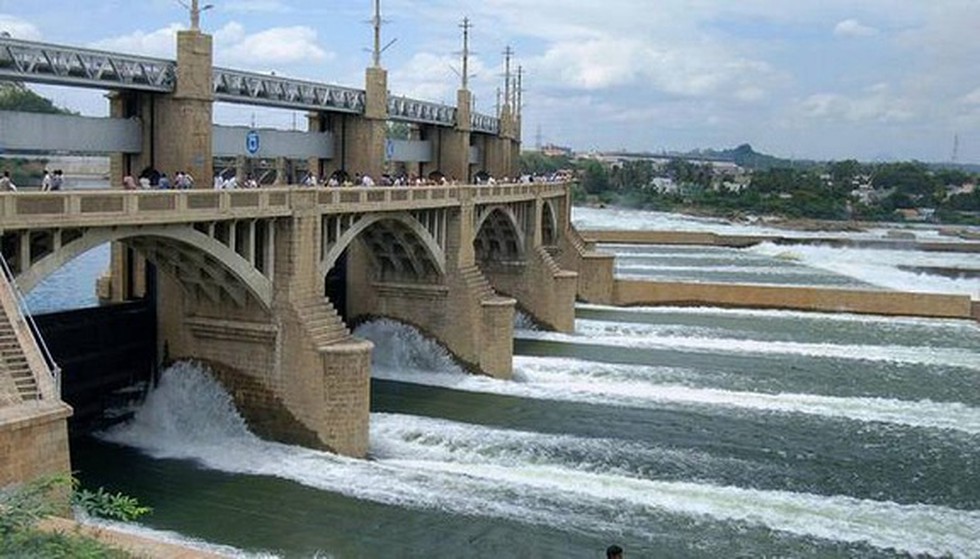
Background:
- The quantum of water to be released is in line with the Supreme Court’s order in February, 2018.
- The Supreme Court said Karnataka’s share of the water was 284 tmcft, Tamil Nadu’s 404 tmcft, Kerala 30 tmcft and Puducherry 7 tmcft. Besides this, the court reserved 10 tmcft for environmental purposes and four tmc ft for natural flow into the sea.
- This is the third meeting of the CWMA since June 2018.
Cauvery Water Management Authority (CWMA):
- The CWMA, under the Cauvery Water Management Scheme, 2018, was established one June 1, 2018, under Section 6A of the Inter-State River Water Disputes Act, 1956.
- Mandate of CWMA:
- To give effect to the decision of the Cauvery Water Disputes Tribunal as modified by the Supreme Court vide its Order, dated 16th February, 2018
- Storage, apportionment, regulation and control of Cauvery waters, supervision of operation of reservoirs and regulation of water release.
- To give effect to the decision of the Cauvery Water Disputes Tribunal as modified by the Supreme Court vide its Order, dated 16th February, 2018
Prelims Pointers
May 29, 2019
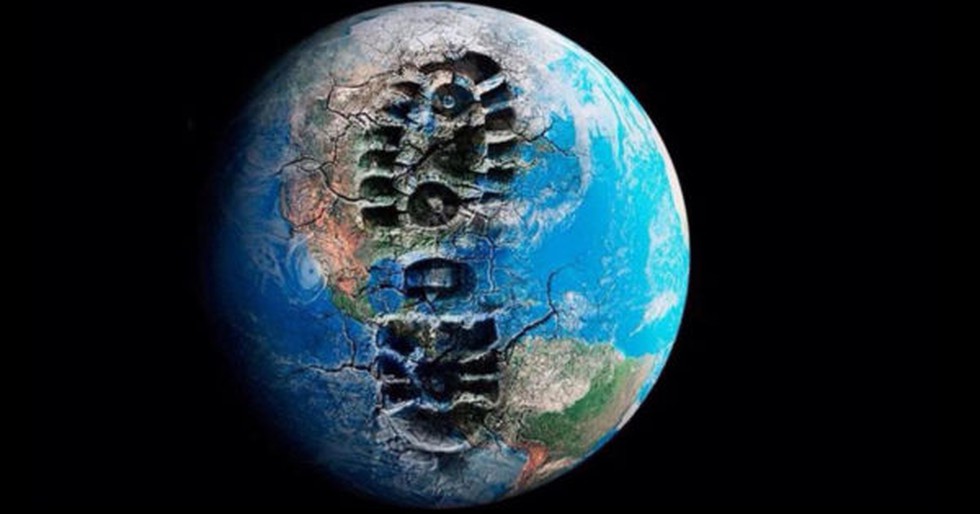
About:
- Who coined the term: The term ‘Anthropocene’ was coined in 2000 by Nobel Laureate Paul Crutzen and Eugene Stoermer.
- Meaning: The term denotes the present geological time interval in which human activity has profoundly altered many conditions and processes on Earth.
- Features: According to the AWG, the phenomena associated with the Anthropocene include –
- increase in erosion and sediment transport associated with urbanisation and agriculture,
- rapid environmental changes
- global dispersion of many new ‘minerals’ and ‘rocks’ including concrete, fly ash and plastics, and the myriad ‘technofossils’ produced from these and other materials.
- increase in erosion and sediment transport associated with urbanisation and agriculture,
Recent decision by Anthropocene Working Group (AWG) and way ahead:
- The vote by AWG signals the end of the Holocene Epoch, which began 11,700 years ago.
- The focus is now on identifying a golden spike to signal the beginning of the Anthropocene Epoch.
- The AWG plans to submit a formal proposal for the new epoch by 2021 to the International Commission on Stratigraphy, which oversees the official geologic time chart.
- The final ratification will be made by the executive committee of the International Union of Geological Sciences.
Golden Spike?
- Definitive geologic marker or golden spike is technically called Global boundary Stratotype Section and Point.
- The golden spike must be present globally and should be a part of deposits for geological record.
- Many in the AWG believe that artificial radionuclides spread across the world by atomic bomb tests from the early 1950s would serve as the golden spike to signal the beginning of the Anthropocene Epoch.
Prelims Pointers
May 29, 2019
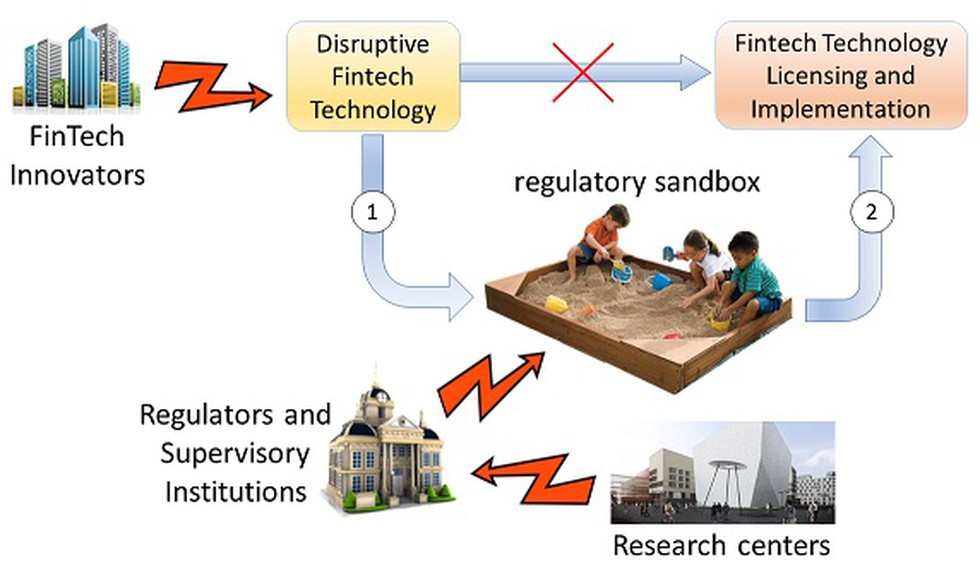
Key highlights of the discussion paper:
- Definition: Regulatory sandbox would be defined as a live, testing environment where new products, processes, services and business models could be deployed on a limited set of eligible customers for a specified period of time, with certain relaxations in the regulations and guidelines.
- Objective: The sandbox is intended to serve as a testing ground for new business models and technologies that benefit the investors, Indian markets and the Indian economy at large.
- Eligibility:
- To begin with, all market participants that are registered with the SEBI will be eligible to test within the sandbox. At a later stage, SEBI may allow sandbox access to fintech start-ups and other fintech firms as well.
- To be eligible to be tested in the sandbox, a solution need to show that it directly benefits the investors and poses no risks to the financial markets among other parameters.
- To begin with, all market participants that are registered with the SEBI will be eligible to test within the sandbox. At a later stage, SEBI may allow sandbox access to fintech start-ups and other fintech firms as well.
Importance of Regulatory Sandbox:
- Innovation through investor-centric experimentation has the potential to create better financial products, lower the costs of transaction for investors and promote financial inclusion especially for Indian investors with limited means.
- However, there have been instances when innovation without proper regulatory oversight has caused damage to investors and economies.
- Therefore, it is imperative that new technology intensive business models and innovations are deployed with proper regulatory oversight and risk mitigation safeguards.
Prelims Pointers
May 29, 2019
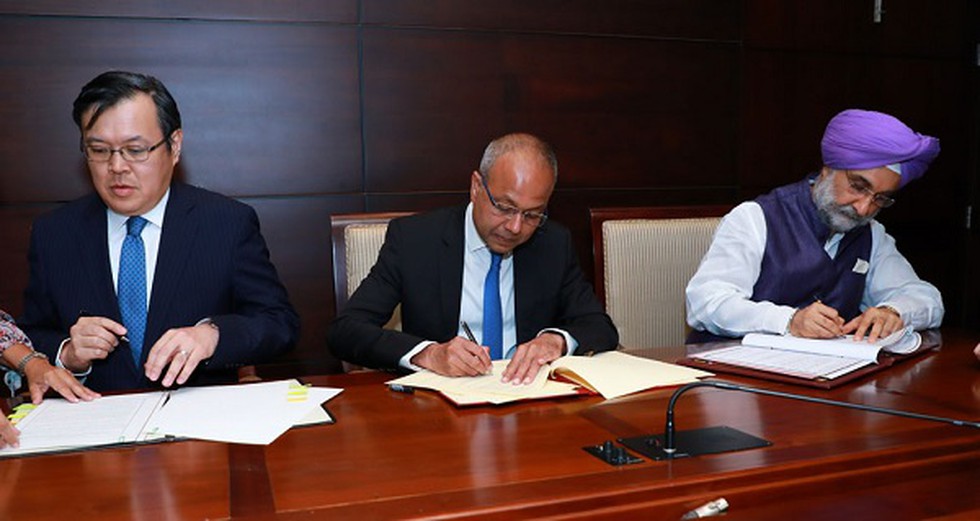
Key Highlights of the agreement:
- Location: The ECT is located some 3 km away from the China-backed international financial city, known popularly as “port city”, being built on reclaimed land on Colombo’s sea front.
- Ownership:
- The Sri Lanka Ports Authority (SLPA) retains 100% ownership of the East Container Terminal (ECT).
- The Terminal Operations Company, conducting its operations, is jointly owned. Sri Lanka will hold a 51 % stake in the project and the joint venture partners will retain 49%.
- The Sri Lanka Ports Authority (SLPA) retains 100% ownership of the East Container Terminal (ECT).
- Cost: The joint initiative is estimated to cost between $500 million and $700 million.
- Japan is likely to provide a 40-year soft loan with a 0.1 % interest rate.
- Details of India’s contribution to the initiative are awaited.
- Japan is likely to provide a 40-year soft loan with a 0.1 % interest rate.
- Significance of the project for India: Over 70 % of the transhipment business at the strategically located ECT is linked to India.
- Way Ahead: The specific terms of the agreement to jointly develop the ECT will soon be finalised at a joint working group meeting.
Prelims Pointers
May 29, 2019
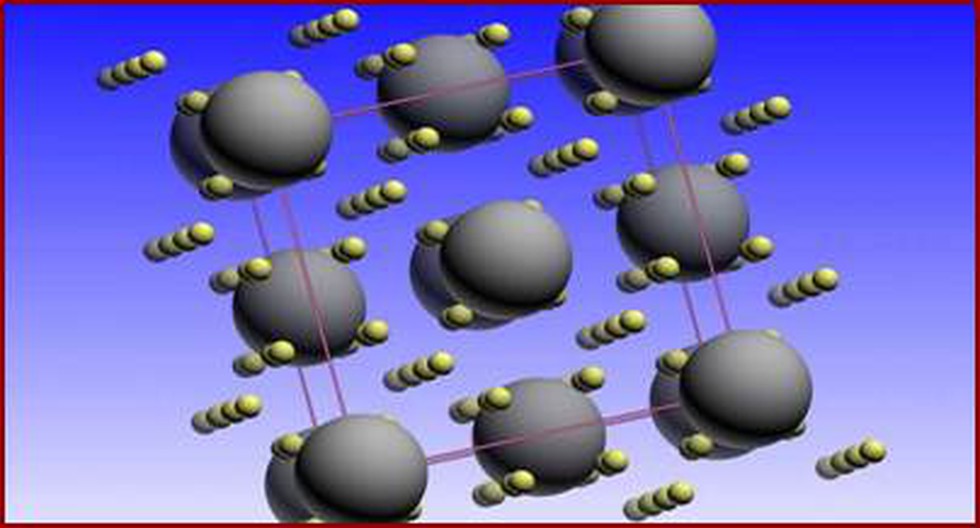
Recent record:
- In a study published in the journal Nature, the researchers at the University of Chicago in the US have said that they have broken the record for highest-temperature superconductor.
- They studied a class of materials – superconducting hydrides – in which they observed superconductivity at temperatures of about minus 23 degrees Celsius, a jump of about 50 degrees compared to the previous confirmed record.
- For this, researchers created one of these materials, called lanthanum superhydrides to test its superconductivity, and determine its structure and composition.
Significance:
- Scientists have previously only been able to create superconducting materials when they are cooled to extremely cold temperatures initially, minus 240 degrees Celsius and more recently about minus 73 degrees Celsius.
- Since such cooling is expensive, it has limited their applications in the world at large.
- Though the recent superconductivity happened under extremely high pressure, the result still represents a big step towards creating superconductivity at room temperature, the ultimate goal for scientists to be able to use this phenomenon for advanced technologies.
- The potential uses for this are vast: electrical wires without diminishing currents, extremely fast supercomputers and efficient magnetic levitation trains.
Prelims Pointers
May 29, 2019
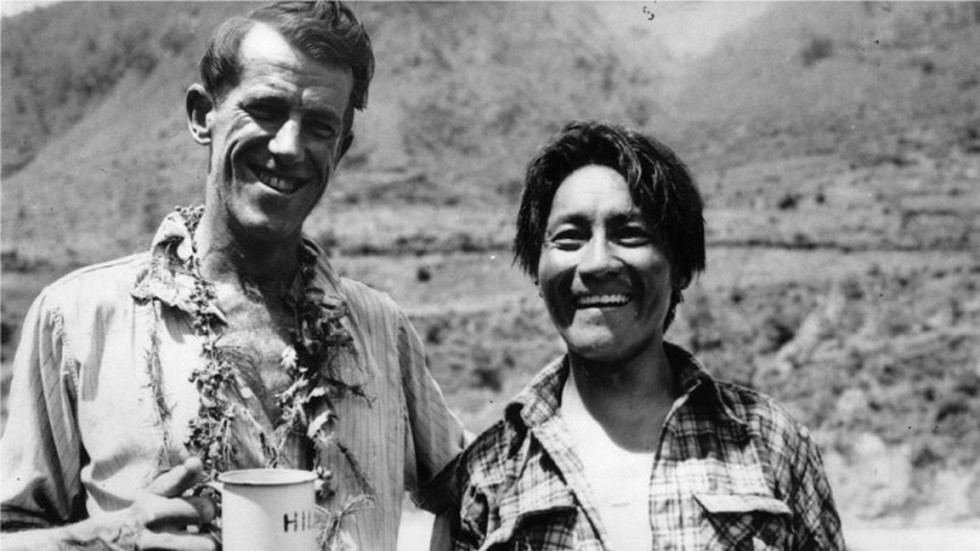
About:
- Date of Observance: Everest Day is celebrated on May 29 every year in memory of the first summit of Mt. Everest by New Zealand's Edmund Hillary and Nepalese Tenzing Norgay Sherpa on the day in 1953, thus becoming the first humans to achieve the feat.
- Background: Nepal decided to observe the day as International Everest Day since 2008, when the legendary climber Hillary passed away.
- Regions of celebration: The day is celebrated with memorial events, processions, and special events in Kathmandu and the Everest region.
- In 1852, Bengali mathematician Radhanath Sikdar calculated the height of Peak XV, an icy peak in the Himalayas and the tallest mountain known in the world.
- The mountain was christened ‘Everest’ as a tribute to Sir George Everest, the Surveyor General of India from 1830 to 1843.
Prelims Pointers
May 29, 2019
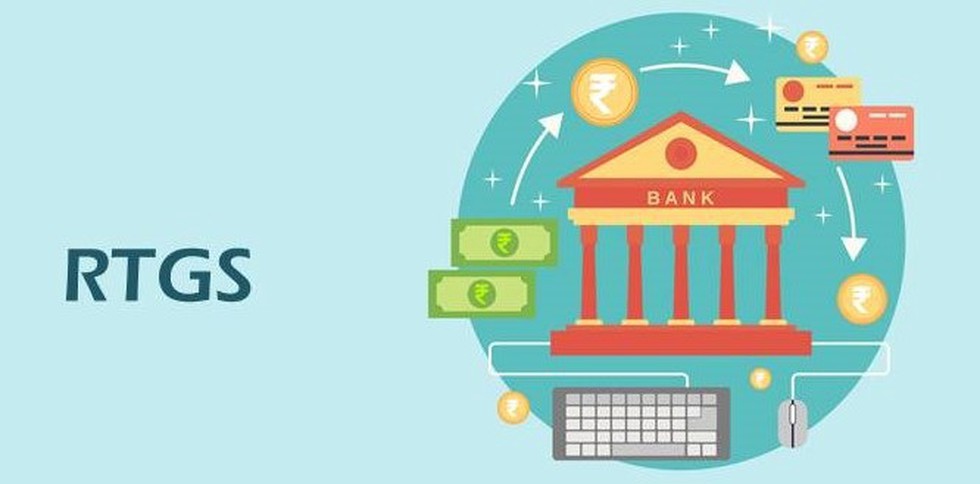
About:
- What is it? The RTGS is an online fund transfer system, supported by the Reserve Bank of India (RBI), which enables money transaction on a real-time basis.
- Functioning: RTGS is a system of continuous and real-time settlement of fund-transfers, individually on a transaction by transaction basis (without netting).
- ‘Real Time’ means the processing of instructions at the time they are received.
- ‘Gross Settlement’ means that the settlement of funds transfer instructions occurs individually.
- ‘Real Time’ means the processing of instructions at the time they are received.
- Limits: The RTGS system is primarily meant for large-value transactions.
- The minimum amount for the transaction under this system is Rs 2 lakh.
- There is no upper limit on the value of funds that can be transferred via the RTGS system.
- The minimum amount for the transaction under this system is Rs 2 lakh.
Recent decision:
- The recent decision by RBI follows a robust year-on-year increase in the number of transactions by 8 per cent to ₹1,335 crore in March 2019. The aggregate amount of transactions rose 12 per cent year-on-year to ₹1,255.51 crore.
- New timing will be effective from 1st June.
Prelims Pointers
May 29, 2019
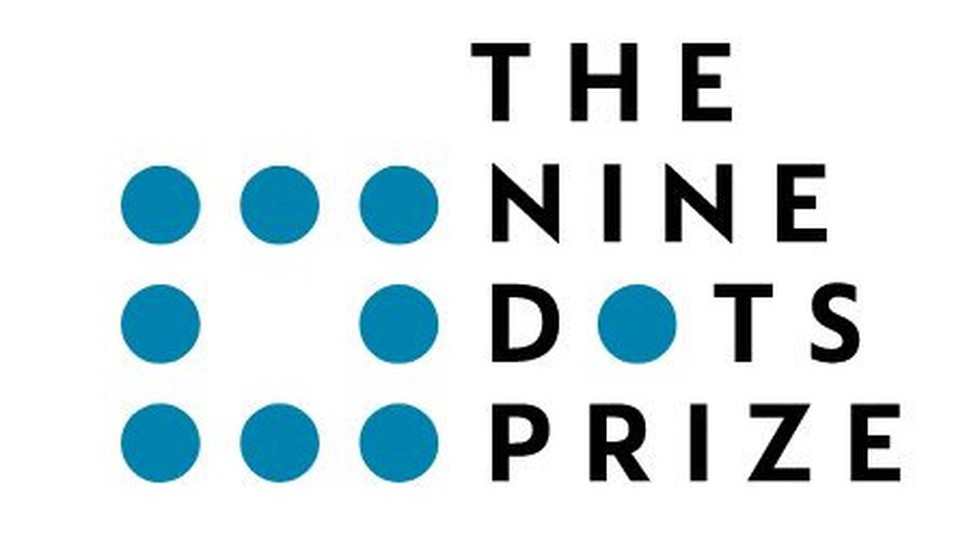
About:
- Objective: The Nine Dots Prize is a prize for creative thinking that tackles contemporary societal issues.
- Criteria:
- Entrants are asked to respond to a question in 3,000 words, with the winner receiving US$100,000 to write a short book expanding on their ideas.
- All those 18 years of age and over are welcome to enter but responses and the resulting book must be in English.
- Entrants are asked to respond to a question in 3,000 words, with the winner receiving US$100,000 to write a short book expanding on their ideas.
- Name: The name of the Prize references the nine dots puzzle – a lateral thinking puzzle which can only be solved by thinking outside the box.
- Bodies involved: The Prize is sponsored by the Kadas Prize Foundation with support from CRASSH at the University of Cambridge and Cambridge University Press.
Annie Zaidi:
- Mumbai-based Annie Zaidi, a freelance writer won for her entry ‘Bread, Cement, Cactus' - combining memoir and reportage to explore concepts of home and belonging rooted in her experience of contemporary life in India.
Prelims Pointers
May 29, 2019

Key Highlights of the MoU:
- Under the scheme of National SC-ST Hub being implemented by NSIC on behalf of the Ministry of MSME, it will continue to provide assistance to SC/ST entrepreneurs with the overall objectives to increase their participation in public procurement.
- NSIC projects to increase Revenue from Operation to 3100 crore in the year 2019-20. It also projects growth of 32% in Profitability during the year 2019-20.
National Small Industries Corporation (NSIC)?
- Status: NSIC is a Government of India Enterprise under the Mini-Ratna Category.
- Mission: It has been working to promote, aid and foster the growth of micro, small and medium enterprises in the country.
- Parent agency: It is under Ministry of Micro, Small and Medium Enterprises (MSME).
- Established in: 1955.
Prelims Pointers
May 29, 2019

Digital Dilemma:
- In its landmark report, the Oscar Academy’s Science and Technology Council examined ways in which key players in the movie business currently store and access important digital data.
- Written by Milt Shelton and Andy Maltz, this publication has been translated in many languages the world over.
Hindi version of Digital Dilemma:
- John Bailey, President of Academy of Motion Picture Arts & Sciences (popularly known as Oscar Academy), e-launched the Hindi translation of "Digital Dilemma", in Delhi.
- National Film Archive of India (NFAI) had signed an MoU with the Academy to translate the publication into Hindi so that it can benefit various stakeholders in the country.
- National Film Archive of India (NFAI) is the premier organization of Ministry of Information and Broadcasting which is involved in film conservation, preservation and restoration.
May 28, 2019
Prelims Pointers
May 28, 2019

Key Findings of WHO study:
- 35% women worldwide have experienced either physical and/or sexual intimate partner violence or non-partner sexual violence in their lifetime.
- The violence ranges from 23.2% in high-income countries and 24.6% in the WHO Western Pacific region to 37% in the WHO Eastern Mediterranean region.
- Intimate partner violence is the highest at 37.7% in the WHO South-East Asia region (which includes India).
- 38% of murders of women are committed by a male intimate partner.
Reasons:
- Men are more likely to perpetrate violence if: they have low education, a history of child maltreatment, exposure to domestic violence against their mothers, harmful use of alcohol and a sense of entitlement over women.
- Women are more likely to experience intimate partner violence if: they have low education, exposure to mothers being abused by a partner, abuse during childhood, and attitudes accepting violence, male privilege and women’s subordinate status.
Impact:
- Violence against women — particularly intimate partner violence and sexual violence — can negatively affect a woman’s physical, mental, sexual, and reproductive health, and may increase the risk of acquiring HIV in some settings.
Initiatives to counter it: Respect
- WHO together with UN Women has developed a framework for prevention of violence against women called Respect which can be used by governments to counter this menace.
Prelims Pointers
May 28, 2019
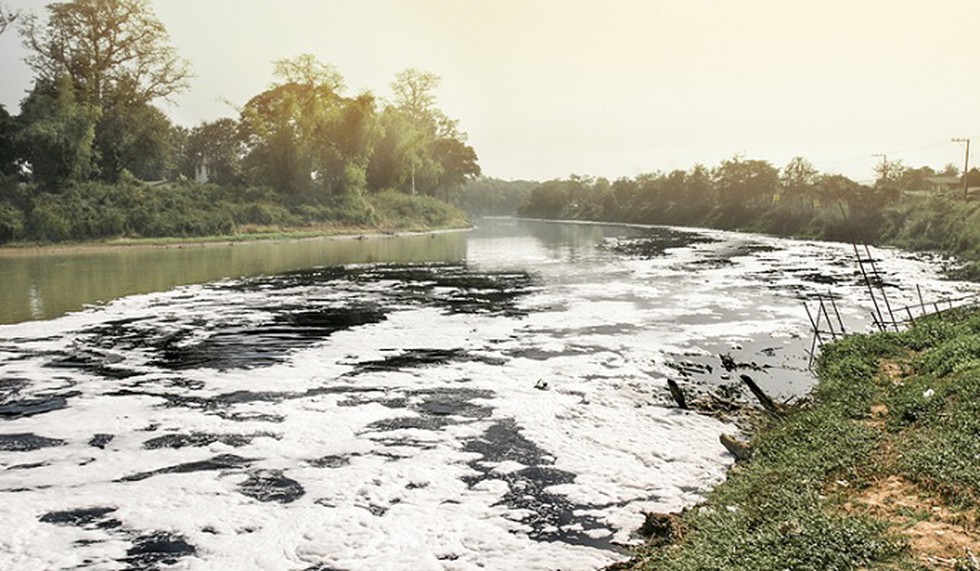
Key Findings of the study:
- Rivers worldwide are polluted with antibiotics that exceed environmental safety thresholds by up to 300 times.
- One or more common antibiotics is found in two-thirds of 711 samples taken from rivers in 72 countries.
- In dozens of locations, concentrations of the drugs — used to fight off bacterial infection in people and livestock — exceeded safety levels set by the AMR Industry Alliance, a grouping of more than 100 biotech and pharmaceutical companies.
- Safety limits were most frequently exceeded in Asia and Africa, but samples from Europe and the Americas showed that the problem is global in scope. The countries with the highest levels of antibiotic river pollution were Bangladesh, Kenya, Ghana, Pakistan and Nigeria.
- Ciprofloxacin, a frontline treatment for intestinal and urinary tract infections, surpassed the industry threshold at 51 of the sites tested.
Comment:
- Discovered in the 1920s, antibiotics have saved tens of millions of lives from pneumonia, tuberculosis, meningitis and a host of deadly bacteria.
- However, the widespread presence of antibiotics not only impacts wildlife, but likely contributes to the problem of antimicrobial resistance.
Prelims Pointers
May 28, 2019

About:
- Definition:
- Burn-out is defined as “a syndrome conceptualised as resulting from chronic workplace stress that has not been successfully managed.”
- It refers specifically to phenomena in the occupational context and should not be applied to describe experiences in other areas of life.
- Burn-out is defined as “a syndrome conceptualised as resulting from chronic workplace stress that has not been successfully managed.”
- Three dimensions: The syndrome was characterised by three dimensions –
- Feelings of energy depletion or exhaustion;
- Increased mental distance from one's job, or feelings of negativism or cynicism related to one's job; and
- Reduced professional efficacy.
- Feelings of energy depletion or exhaustion;
ICD-11: Key Highlights
- International Classification of Diseases (ICD) is widely used as a benchmark for diagnosis and health insurers. The updated ICD list, dubbed ICD-11 is to take effect in January 2022.
- This is the first time burnout has been included in the classification.
- The ICD-11, contains several other additions, including classification of “compulsive sexual behaviour” as a mental disorder, although it stops short of lumping the condition together with addictive behaviours.
- For the first time it recognises video gaming as an addiction, listing it alongside gambling and drugs like cocaine.
- The updated list removes transgenderism from its list of mental disorders meanwhile, listing it instead under the chapter on “conditions related to sexual health”.
Prelims Pointers
May 28, 2019
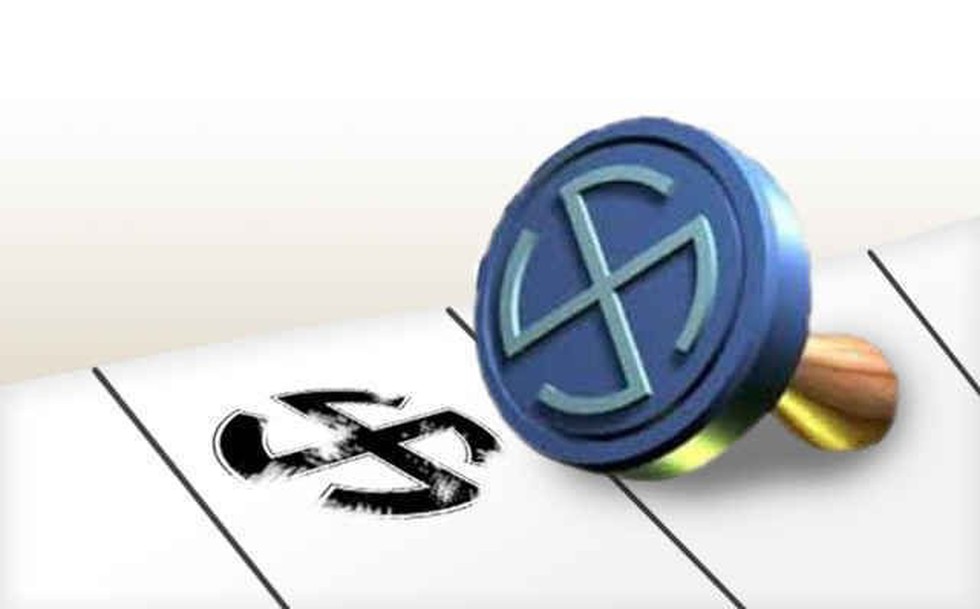
Article 243K:
- Article 243K deals with the Elections to the Panchayats.
- It states that The superintendence, direction and control of the preparation of electoral rolls for, and the conduct of, all elections to the Panchayats shall be vested in a State Election Commission.
- It shall consist of a State Election Commissioner to be appointed by the Governor.
- Subject to the provisions of any law made by the State Legislature, the conditions of service and tenure of office of the State Election Commissioner shall be such as the Governor may by rule determine. However,
- The State Election Commissioner shall not be removed from his office except in like manner and on the like ground as a Judge of a High Court.
- The conditions of service of the State Election Commissioner shall not be varied to his disadvantage after his appointment.
- The State Election Commissioner shall not be removed from his office except in like manner and on the like ground as a Judge of a High Court.
Prelims Pointers
May 28, 2019
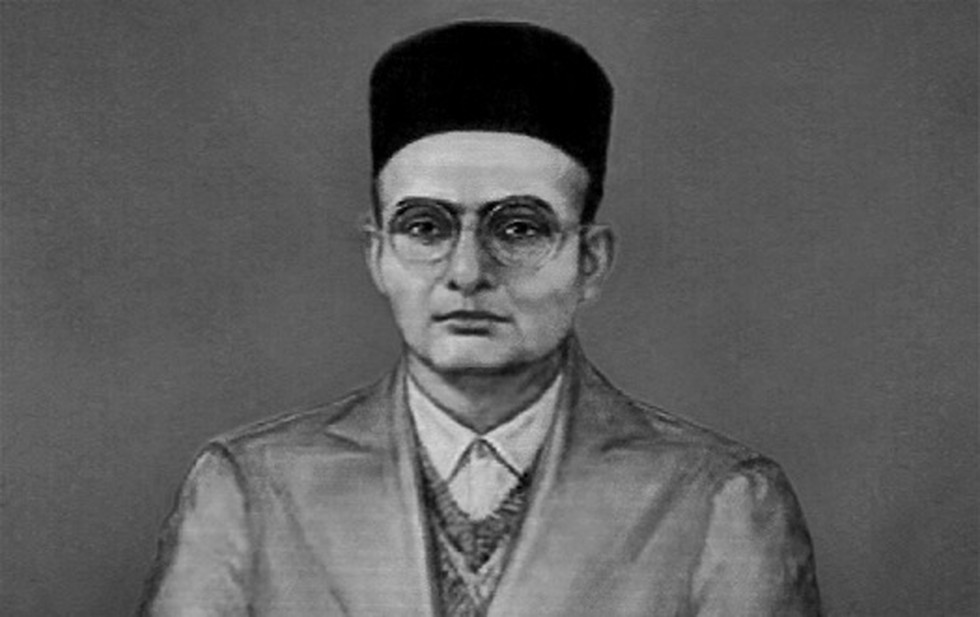
About:
- Born on this day in 1883 near Nasik in Maharashtra, Vinayak Damodar Savarkar was popularly called Veer Savarkar.
- Veer Savarkar was a freedom fighter . He called 1857 revolt as the first war of independence.
- He founded the following Organizations: Abhinav Bharat Society and Free India Society.
- He was also a member of India House. He was not the founder of Hindu Mahasabha, but he did served as its president.
- He opposed the Quit India struggle in 1942, calling it a "Quit India but keep your army" movement.
- Savarkar endorsed the ideal of India as a Hindu Rashtra and is credited with developing the Hindu nationalist political ideology Hindutva.
- Publications:
- He wrote the book ”Joseph Mazzini- Biography and Politics.”
- He published “The Indian War of Independence” about the Indian rebellion of 1857.
- He wrote the book ”Joseph Mazzini- Biography and Politics.”
- The airport at Port Blair, Andaman and Nicobar's capital has been named Veer Savarkar International Airport.
Prelims Pointers
May 28, 2019
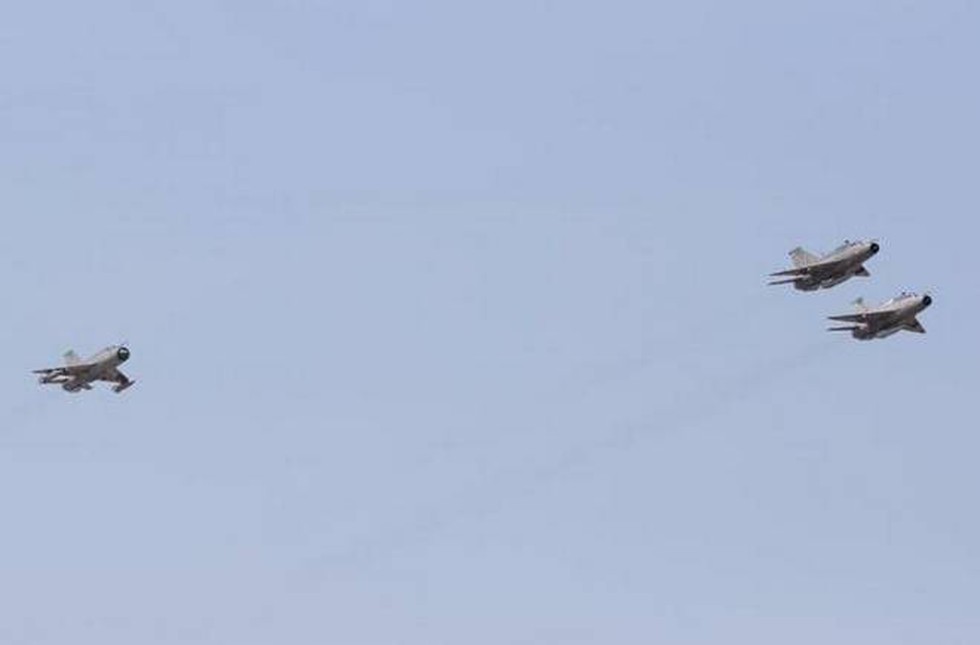
'Missing Man' formation:
- The 'Missing Man' formation is an aerial salute accorded to honour the fallen comrades-in-arms.
- This is an Arrow Formation, with a gap between two aircraft in the formation depicting the Missing Man.
- It was on this day in 1999 that, Squadron Leader Ajay Ahuja VrC (Posthumous) laid down his life during the Kargil conflict. He was at that time the Flight Commander of 17 Squadron.
Operation Safed Sagar?
- Operation Safed Sagar was the code name assigned to the Indian Air Force's role in acting jointly with Ground troops during the Kargil war that was aimed at flushing out troops of the Pakistani Army from vacated Indian Positions in the Kargil sector along the Line of Control.
- It was the first large scale use of Airpower in the Jammu and Kashmir region since the Indo-Pakistani War of 1971.
Prelims Pointers
May 28, 2019
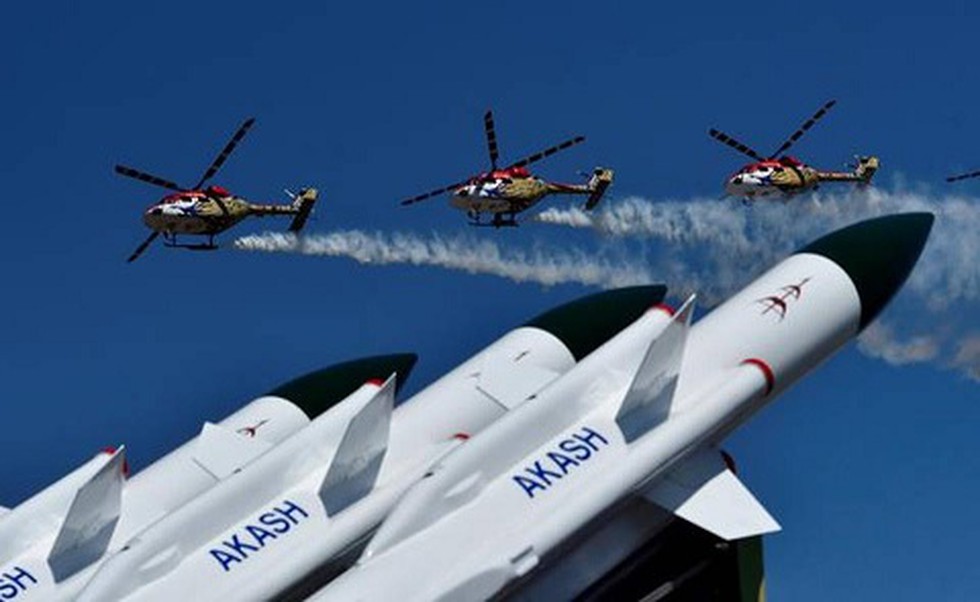
About:
- AKASH Mk1S is a surface to air missile which can neutralize advanced aerial targets.
- Akash Mk1S is an upgrade of existing AKASH missile with indigenous Seeker. The Akash weapon system has combination of both command guidance and active terminal seeker guidance.
- The supersonic missile has a range of around 25 km and up to the altitude of 18,000 metres.
- The missile uses high-energy solid propellant for the booster and ramjet-rocket propulsion for the sustainer phase.
Background:
- The medium range multi-target engagement capable missile was developed as part of the Integrated Guided-Missile Development Programme (IGMDP) other than Nag, Agni, Trishul, and Prithvi missiles.
- The missile system was formally inducted into the IAF and the Army in 2015.
- Several variants of the missile — Akash MK1, Akash-MK2 — with improved accuracy and higher ranges are under development by the DRDO.
Prelims Pointers
May 28, 2019
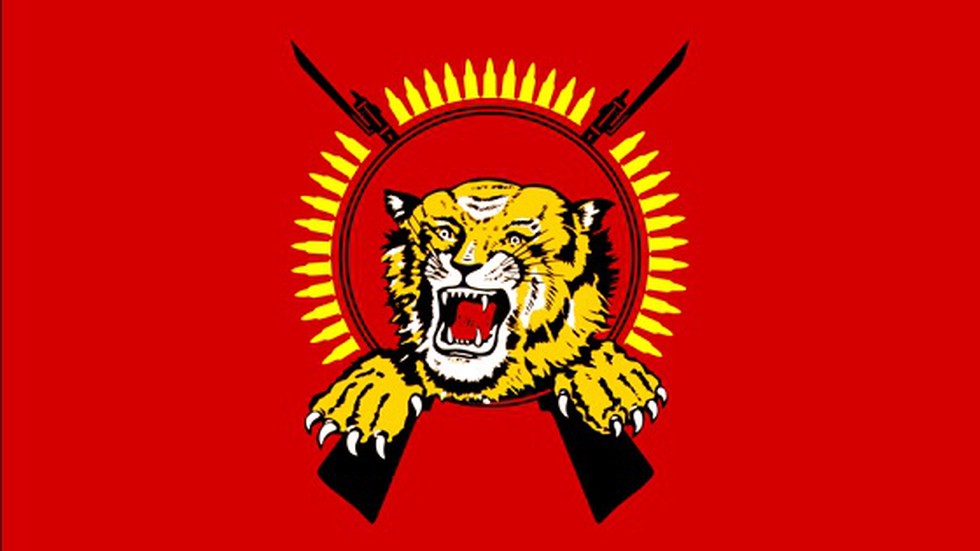
About:
- Mandate: The Government of India has constituted the Unlawful Activities (Prevention) Tribunal to adjudicate whether or not there is sufficient cause for declaring the Liberation Tigers of Tamil Eelam (LTTE) as an unlawful association.
- Composition: The Tribunal is comprised of sitting Judge of Delhi High Court Justice Sangita Dhingra Sehgal.
Background:
- Earlier, the Home Ministry had issued a notification extending ban on LTTE in India for a further period of five years. The notification said, Government of India under the provisions of the Unlawful Activities (Prevention) Act, 1967 declares LTTE as an unlawful association.
- LTTE was banned in India after the assassination of former Prime Minister Rajiv Gandhi in 1991.
Prelims Pointers
May 28, 2019
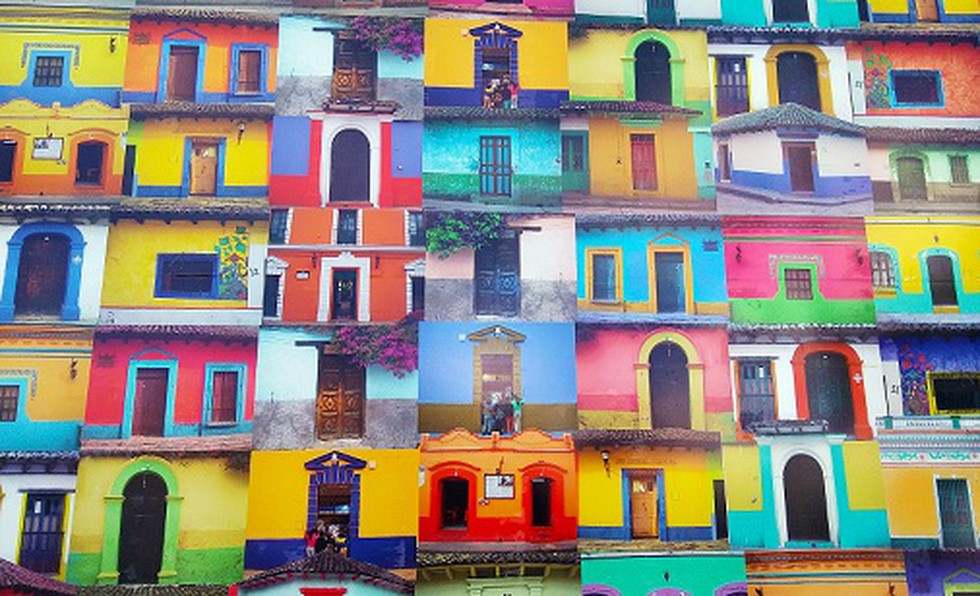
About:
- What is it? It is the United Nations agency for human settlements and sustainable urban development.
- Objectives: To promote socially and environmentally sustainable towns & cities with the goal of providing adequate shelter for all.
- HQ: Nairobi, Kenya.
- Established in: 1978.
- Parent agency: It report to the UN General Assembly. It is also a member of the United Nations Development Group.
Habitat Agenda:
- The mandate of UN-Habitat derives it’s mandate from the Habitat Agenda.
- Habitat Agenda was adopted by the United Nations Conference on Human Settlements (Habitat II) in Istanbul, Turkey, in 1996.
- The twin goals of the Habitat Agenda are (1) Adequate shelter for all and (2) Development of sustainable human settlements in an urbanizing world.
Prelims Pointers
May 28, 2019
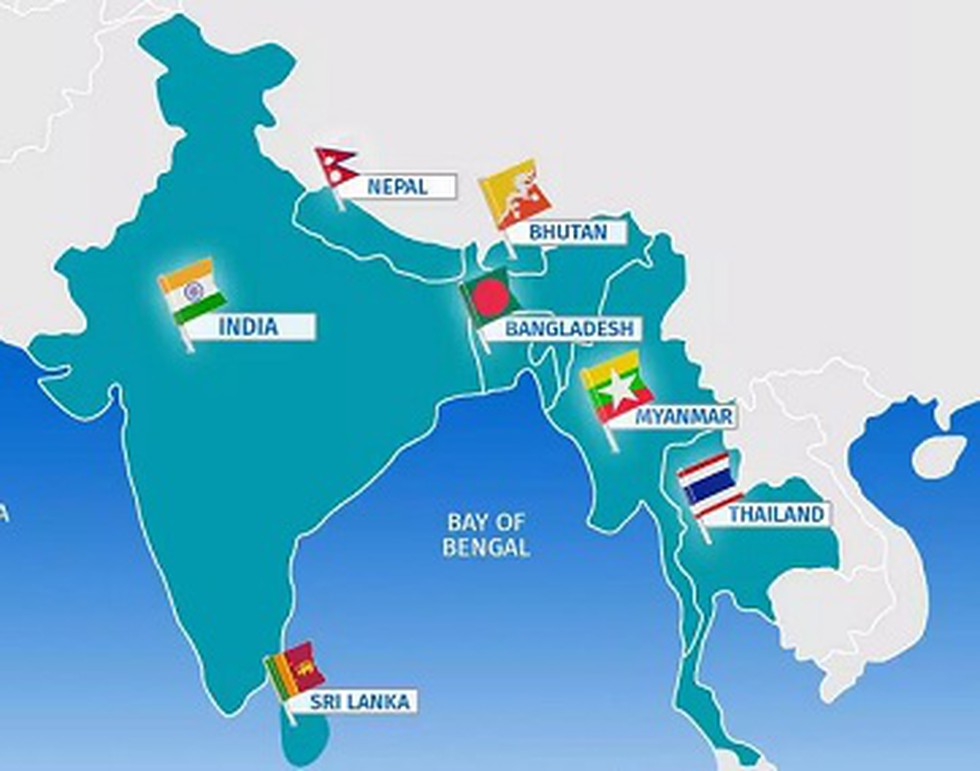
About:
- Full name: The Bay of Bengal Initiative for Multi-Sectoral Technical and Economic Cooperation (BIMSTEC).
- What is it? BIMSTEC is an international organization involving a group of countries in South Asia and South East Asia.
- Membership: It comprises seven countries lying in the littoral and adjacent areas of the Bay of Bengal — Bangladesh, Bhutan, India, Myanmar, Nepal, Sri Lanka and Thailand.
- Objective:
- Its primary objective is to improve connectivity between the members through multi-modal transport corridors.
- In general, there are ‘14 priority sectors’ which cover almost all areas of cooperation such as energy, handling of refugees, anti-narcotic measures.
- Its primary objective is to improve connectivity between the members through multi-modal transport corridors.
- Evolution:
- Encouraged by India’s Look East Policy (LEP) and Thailand’s Look West Policy it was Initiated in 1997 as BIST-EC (Bangladesh, India, Sri Lanka, and Thailand Economic Cooperation).
- With Myanmar joining the grouping as a full member the same year, the ‘BIST-EC’ was renamed as ‘BIMST-EC’.
- With Nepal and Bhutan becoming its members in 2004, the grouping was renamed as the Bay of Bengal Initiative for Multi-Sectoral Technical and Economic Cooperation (BIMSTEC).
- Encouraged by India’s Look East Policy (LEP) and Thailand’s Look West Policy it was Initiated in 1997 as BIST-EC (Bangladesh, India, Sri Lanka, and Thailand Economic Cooperation).

